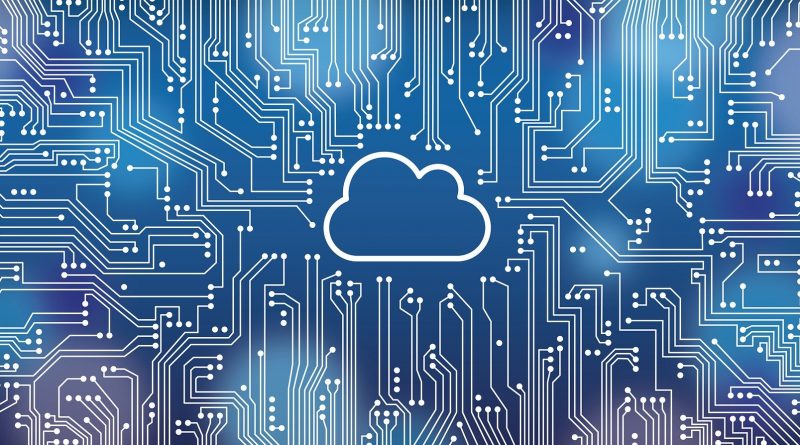The CFO and Cybersecurity – An Essential Partnership
It’s time the CFO got involved in cybersecurity. Remote working has opened vast possibilities for cyber-attackers to access financial data and processes, spreading risk factors well beyond the borders of the IT department.
Everything can be done, and is, on the internet these days, thanks to the global pandemic.










